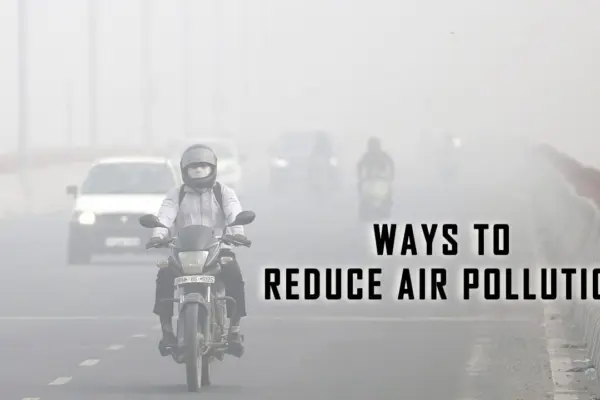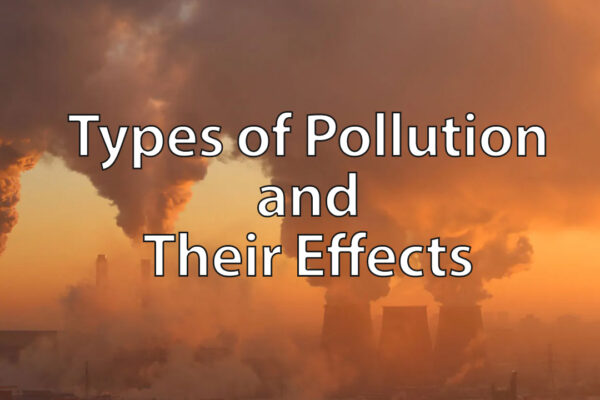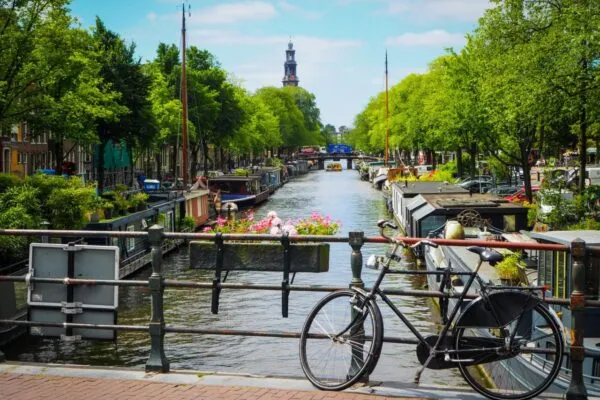Air Pollution in Northern India Exacerbates Owing to Festivities and Stubble Burning
Winters are here and so is air pollution in Northern India. The national capital becomes a gas chamber during the cold season owing to the burning of crop residue in the neighbouring states of Punjab and Haryana. Moreover, the cars, coal-fired power plants, and cookstoves help fuel the bad air of Delhi.
Beginning in late September, rice farmers in north India start the stubble burning. And come October, the festivities of Navratri, Dussehra and Diwali begin – bringing firecrackers into play, and worsening the air pollution.
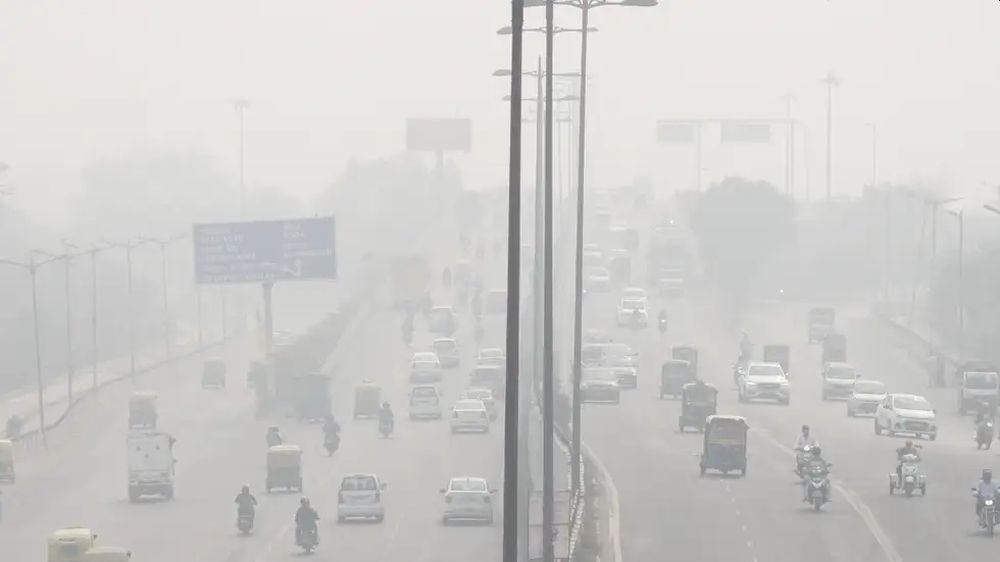
Stubble burning and festivities have made the air quality much worse in Delhi | Image: IANS
According to the Central Pollution Control Board (CPCB), the levels of air pollution during Diwali this year were much higher as compared to the last year. In a recent report, the CPCB revealed that almost all pollutants reported higher values on the day of Diwali and one day prior Diwali this year in comparison to 2019.
Also Read: Depressing Story of Delhi Choking on Air Pollution
Despite the ban on firecracker burning throughout many states, the concentrations of NO2, PM10 and PM2.5 were found to be much higher at all the monitored locations, while SO2 concentrations were at a similar level.
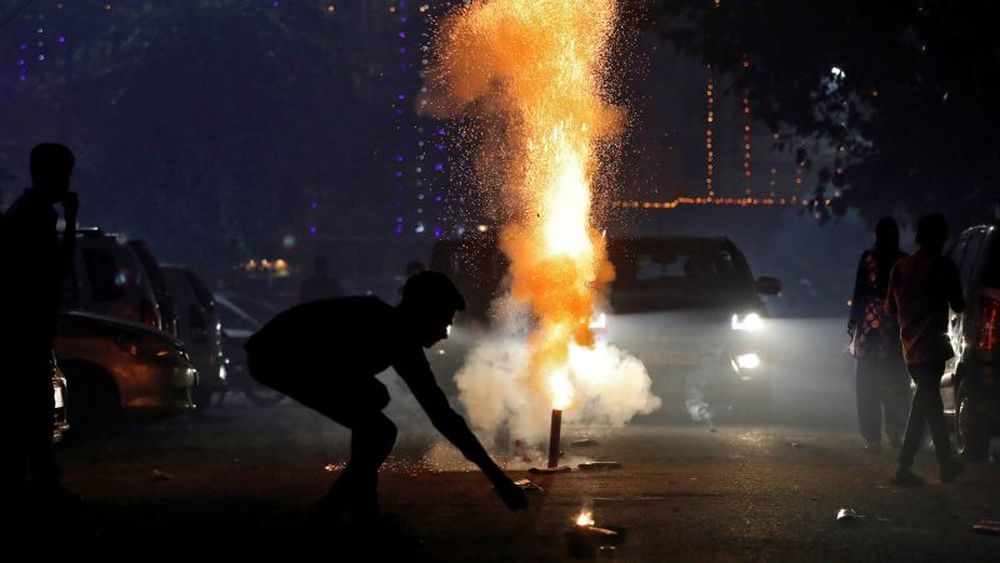
Festivities and firecracker bursting during them has worsened the air pollution in Delhi | Image: Reuters/Anushree Fadnavis
However, the report said that stubble burning and meteorological conditions contributed to a high share of high pollution levels during the month of November in the Delhi national capital region (NCR). Though Pitampura recorded a noteworthy rise in PM and SO2 signifying the impact of firecracker bursting on Diwali.
The contribution of stubble burning in Delhi’s PM2.5 concentration was 32 per cent on Diwali day this year as compared to 19 per cent last year. Therefore, it may be inferred that elevated PM2.5 concentrations in 2020 in comparison to previous year had enhanced contribution of stubble burning and the same is also reflected in elevated levels of CO and NO2.
The report said.
The board noted that the hourly average concentrated of PM2.5 started rising from 11 pm on November 14, and continued to soar to high levels of pollution. The city levels average calculated for PM10 and PM2.5 concentrations on Diwali day were 645 µg/m3 and 483 µg/m3 respectively.
The air quality dropped to severe at many places across the national capital on Saturday night owing to the stubble burning and firecrackers bursting during the Diwali celebrations in defiance of a ban on the same.
The Air Quality Index (AQI) for PM 2.5 pollutant was recorded at 481 in Anand Vihar, 444 in IGI Airport area, 457 in ITO, and 414 in Lodhi Road area, all four in the ‘severe’ category. A heavy blanket of smog was observed at several places across Delhi. Meanwhile, the air quality was 460 at Anand Vihar, 382 at the IGI Airport area, 415 at ITO, and 322 at Lodhi Road.
Apart from the festivities, the annual stubble burning and weather conditions make the air quality worse in the region, leading to many health conditions – especially for the sick and elderly. While it is illegal to burn stubble and farmers are fined heavily for doing so, this process has still continued year after year. No amount of fines, court orders, or government crackdowns has been able to squash this practice.
